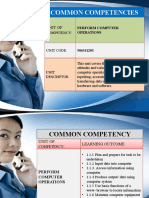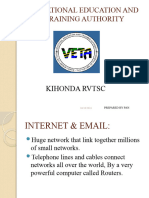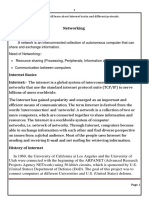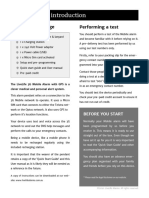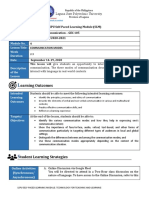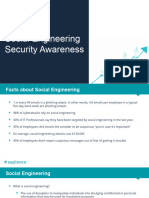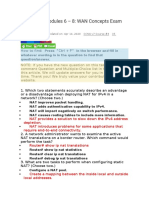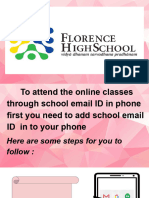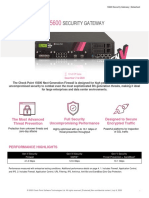0% found this document useful (0 votes)
69 views18 pagesModule 3
This module covers computer networks, the internet, the World Wide Web, email, and other internet-related topics. It defines a computer network as a collection of connected computers that share resources and data. The module describes different types of networks and provides a brief history of the internet and its origins. It also summarizes key aspects of using the web, browsers, search engines, and email. Social media, cloud storage, and the impact of technology on society are briefly discussed.
Uploaded by
amawada12125Copyright
© © All Rights Reserved
We take content rights seriously. If you suspect this is your content, claim it here.
Available Formats
Download as PPTX, PDF, TXT or read online on Scribd
0% found this document useful (0 votes)
69 views18 pagesModule 3
This module covers computer networks, the internet, the World Wide Web, email, and other internet-related topics. It defines a computer network as a collection of connected computers that share resources and data. The module describes different types of networks and provides a brief history of the internet and its origins. It also summarizes key aspects of using the web, browsers, search engines, and email. Social media, cloud storage, and the impact of technology on society are briefly discussed.
Uploaded by
amawada12125Copyright
© © All Rights Reserved
We take content rights seriously. If you suspect this is your content, claim it here.
Available Formats
Download as PPTX, PDF, TXT or read online on Scribd
/ 18













